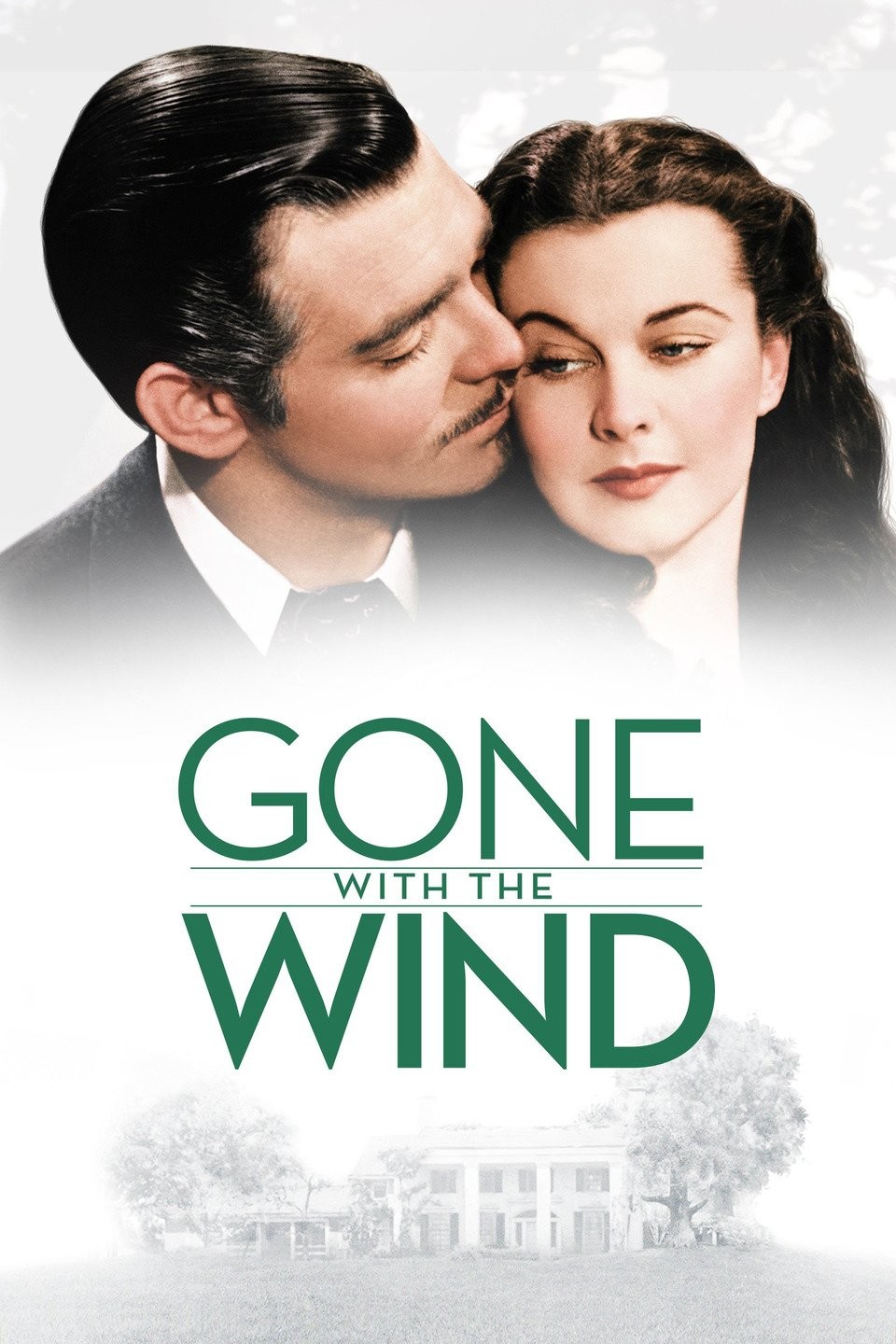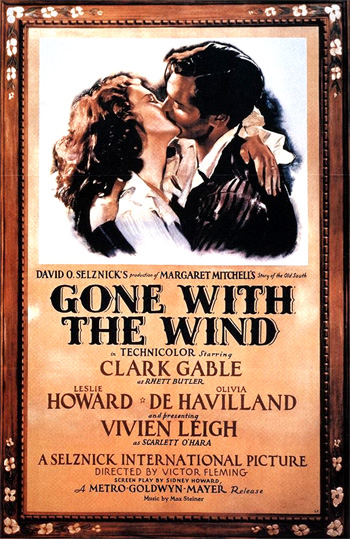Could a film, released over eight decades ago, still captivate audiences with its sweeping romance, historical drama, and unforgettable characters? The enduring legacy of Gone with the Wind proves that great storytelling, combined with exceptional performances, transcends time and continues to resonate with viewers worldwide.
The cinematic masterpiece, which premiered in 1939, transports viewers to the American South, a world steeped in antebellum grandeur and dramatically altered by the ravages of the Civil War. The film's narrative, adapted from Margaret Mitchell's acclaimed novel, follows the tempestuous life of Scarlett O'Hara, a young woman navigating love, loss, and the tumultuous societal shifts of the era. Gone with the Wind is not merely a film; it's a cultural touchstone, a landmark achievement in filmmaking that continues to be discussed and debated for its technical prowess, its portrayal of history, and the indelible impact it has had on generations.
The film's production was an ambitious undertaking, spearheaded by David O. Selznick of Selznick International Pictures and directed primarily by Victor Fleming. The sprawling sets, lavish costumes, and the epic scope of the narrative demanded meticulous planning and execution. The film's budget was unprecedented at the time, reflecting the scale of the vision. The story unfolds against the backdrop of the American Civil War and its aftermath, charting the fortunes of the O'Hara family and their struggles to maintain their plantation, Tara, amid the social and economic upheaval.
The film's central conflict, the Civil War, serves as a catalyst for personal transformations. Scarlett O'Hara, initially a spoiled Southern belle, is forced to confront hardship and redefine her values. Her relationship with Rhett Butler, a charismatic and roguish character, adds another layer of complexity to the story. The film weaves together themes of love, loss, survival, and the changing nature of society, offering a compelling portrait of a pivotal period in American history.
The film boasts a stellar cast who brought the characters to life, leaving an unforgettable impression on cinema history.
| Actor/Actress | Character | Bio Data | Professional Information |
|---|---|---|---|
| Vivien Leigh | Scarlett O'Hara | Born: November 5, 1913, Darjeeling, India; Died: July 8, 1967, London, England | British actress, renowned for her beauty and versatility, achieving international fame through roles in Gone with the Wind and A Streetcar Named Desire. Awarded two Academy Awards for Best Actress. |
| Clark Gable | Rhett Butler | Born: February 1, 1901, Cadiz, Ohio, USA; Died: November 16, 1960, Los Angeles, California, USA | American actor, known as The King of Hollywood, noted for his rugged charm and charismatic performances. Awarded the Academy Award for Best Actor for It Happened One Night. |
| Olivia de Havilland | Melanie Hamilton | Born: July 1, 1916, Tokyo, Japan; Died: July 26, 2020, Paris, France | British-American actress. Achieved recognition for portraying Melanie Hamilton in Gone with the Wind. Won two Academy Awards for Best Actress for To Each His Own and The Heiress. |
| Leslie Howard | Ashley Wilkes | Born: April 3, 1893, London, England; Died: June 1, 1943, Bay of Biscay, France | English actor and director. Known for his roles in both British and Hollywood films. |
| Hattie McDaniel | Mammy | Born: June 10, 1895, Wichita, Kansas, USA; Died: October 26, 1952, Los Angeles, California, USA | American actress, singer-songwriter, and comedian. Awarded the Academy Award for Best Supporting Actress for her role as Mammy. |
Reference: IMDB
The supporting cast also played a crucial role, breathing life into the vibrant tapestry of characters that populate the world of Gone with the Wind. Each actor brought their unique talents to bear, contributing to the film's overall success. Hattie McDaniel's portrayal of Mammy, Scarlett's devoted servant, was particularly noteworthy, earning her the Academy Award for Best Supporting Actress, a historic moment as she was the first African-American to win an Academy Award. Leslie Howard, as Ashley Wilkes, captured the complexities of his character, while Olivia de Havilland, as Melanie Hamilton, provided a contrasting portrait of grace and resilience.
The film's visual appeal is undeniable. The cinematography captures the grandeur of the antebellum South, the sweeping landscapes, and the intimate moments with equal artistry. The use of Technicolor was groundbreaking for its time, enhancing the vibrancy of the costumes and sets, immersing viewers in the world of the film. The iconic scenes, such as the burning of Atlanta, the sweeping romance, and the poignant moments of loss, have become deeply ingrained in popular culture, recognizable even to those who may not have seen the film.
The impact of Gone with the Wind extends beyond its cinematic achievements. The film played a role in shaping how audiences understood the American Civil War and the era of Reconstruction. Its depiction of slavery has been the subject of considerable debate and criticism over the years. While the film portrays the South with a degree of romanticism, it also glosses over the injustices of slavery. The portrayal of African-American characters has been criticized for perpetuating stereotypes. The film’s legacy is further complicated by its complex representation of racial dynamics and the historical context in which it was made.
The film's success was recognized with numerous Academy Awards. It won ten awards at the 12th Academy Awards, a record at the time, including Best Picture, Best Director, Best Actress (Vivien Leigh), Best Supporting Actress (Hattie McDaniel), and Best Screenplay. These accolades solidified its status as a cinematic triumph and a testament to the collaborative efforts of the cast and crew. The awards served as recognition of the groundbreaking technical achievements and the compelling storytelling.
The film’s enduring popularity can be attributed to a multitude of factors. The story's themes of survival, ambition, and the complexities of human relationships continue to resonate with audiences. The performances of the leading actors, particularly Vivien Leigh and Clark Gable, are considered iconic, their portrayals imbuing their characters with depth, charisma, and complexity. The film's visual grandeur and its historical backdrop offer a captivating experience that transports viewers to another time and place. The film's influence on the film industry, from its innovative use of Technicolor to its epic storytelling, has made it a benchmark for future filmmakers.
Beyond the captivating story and the actors' compelling performances, the film's technical accomplishments are essential to its success. The set design, the costumes, and the musical score work together to create a truly immersive experience. The sweeping vistas of the plantations, the detailed interiors of the mansions, and the opulent dresses, were all painstakingly crafted to create a realistic world. The score, composed by Max Steiner, heightens the emotional impact of the scenes, from the soaring melodies of the romantic moments to the poignant themes of loss and despair. The technical achievements, combined with the compelling performances and the captivating story, all helped to establish Gone with the Wind as a cinema milestone.
In conclusion, Gone with the Wind remains a landmark film, a testament to the power of storytelling, and a benchmark for future filmmakers. Despite the controversy surrounding its historical portrayal, the film’s achievements are undeniable. The captivating narrative, exceptional performances, technical innovations, and cultural impact, have all contributed to its enduring popularity. The film continues to captivate viewers with its epic romance, historical drama, and unforgettable characters, making it a cinematic experience that transcends generations. The legacy of Gone with the Wind is a reminder of the enduring power of cinema to transport, entertain, and spark conversation, continuing to be admired and discussed long after its initial release.

![Gone With The Wind [Cast] Photo](https://www.statesidestills.com/prodimages/gone_with_the_wind_cast_64674l.jpg)

